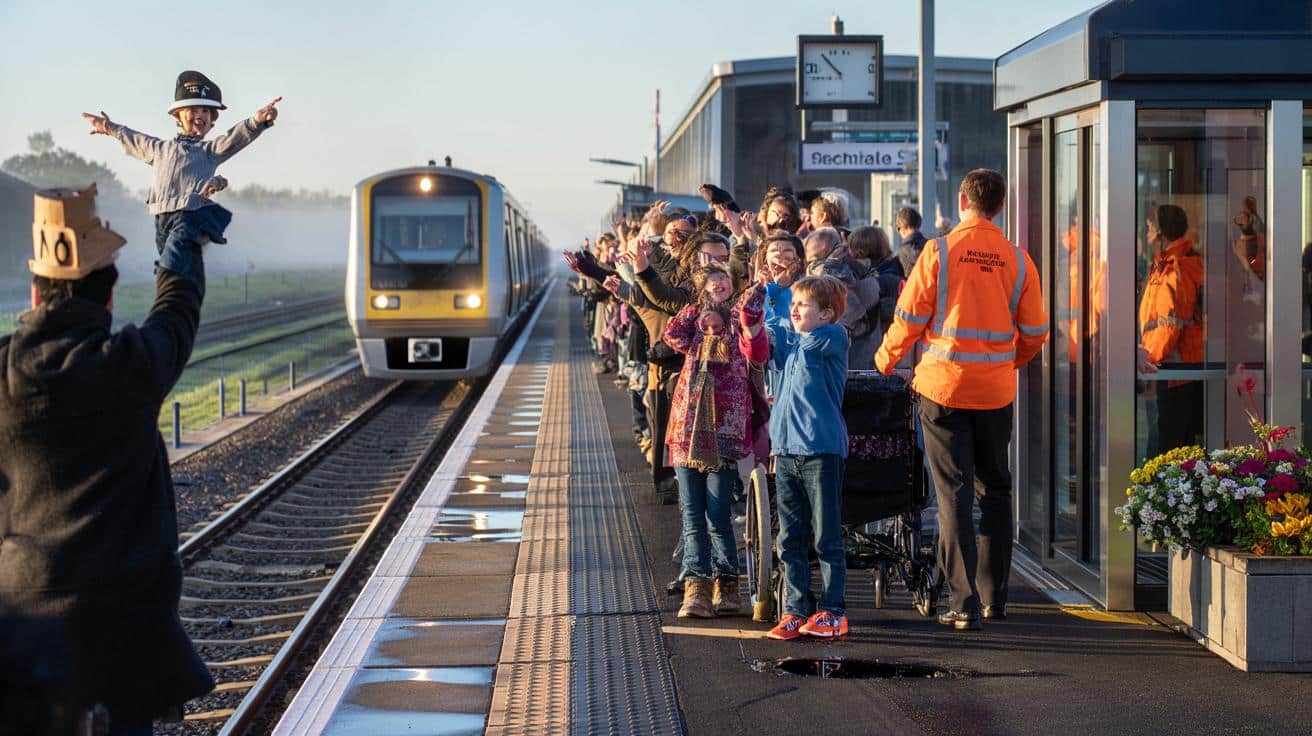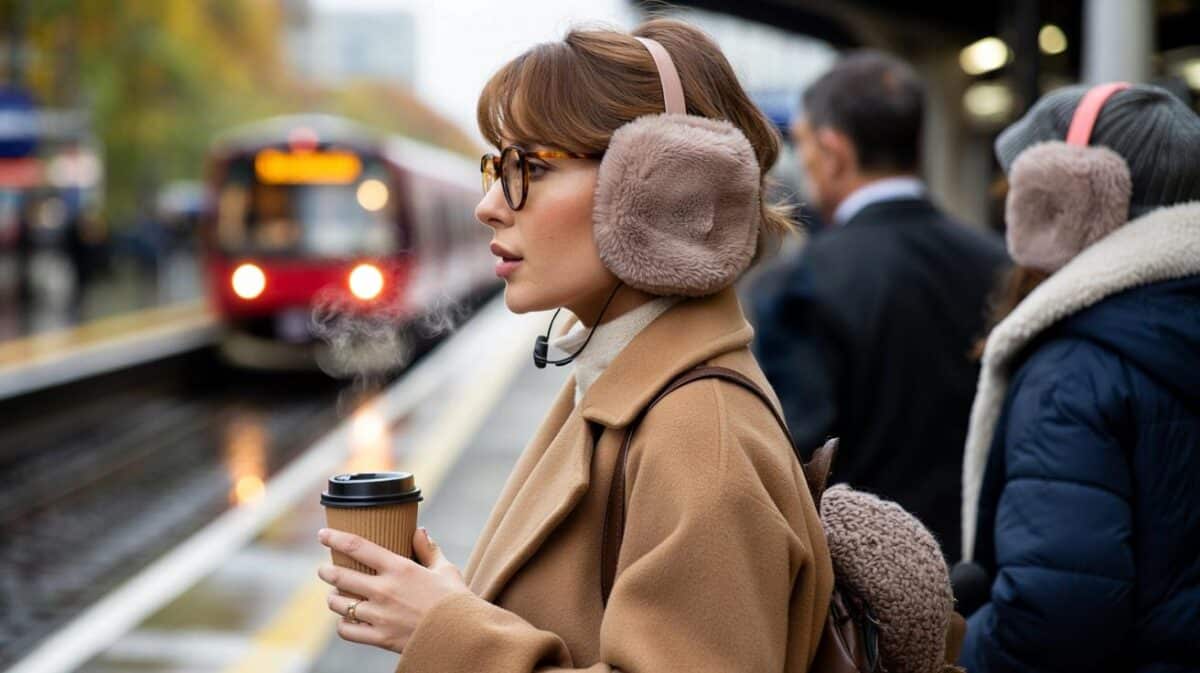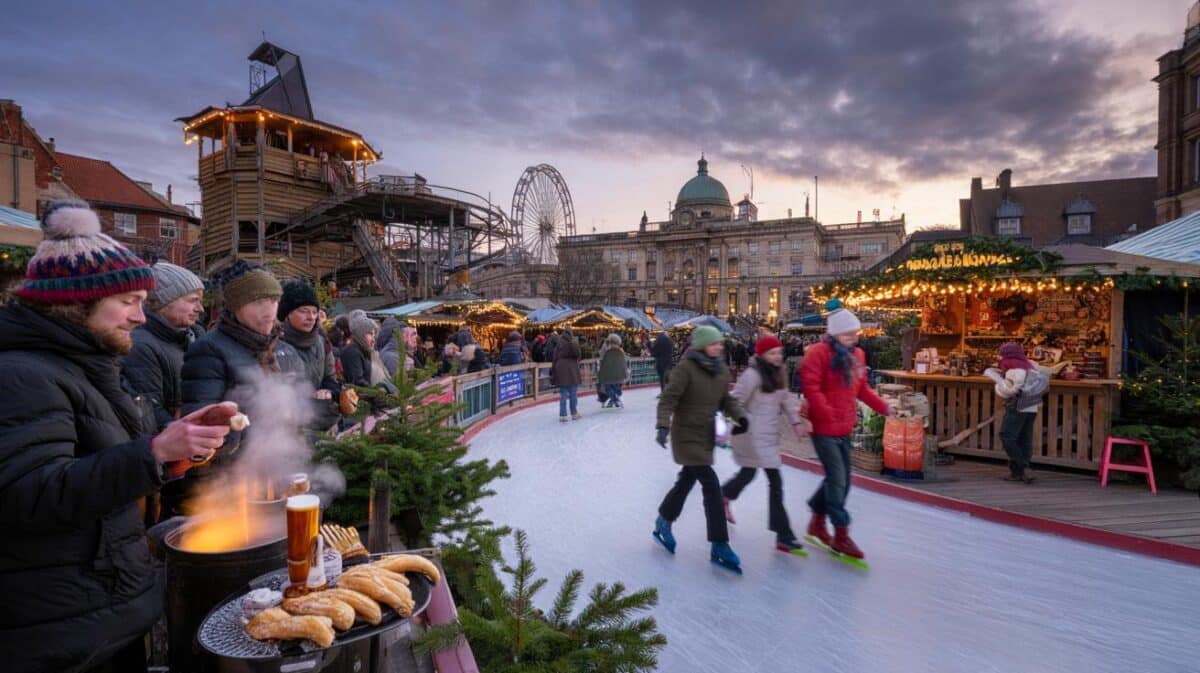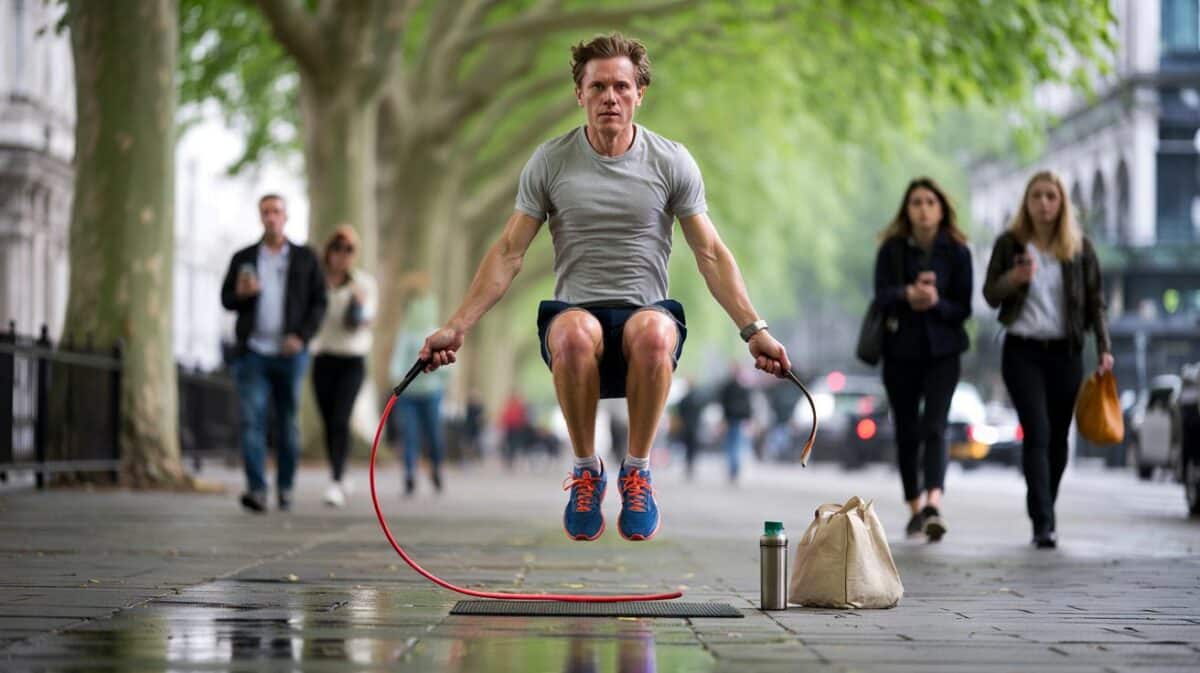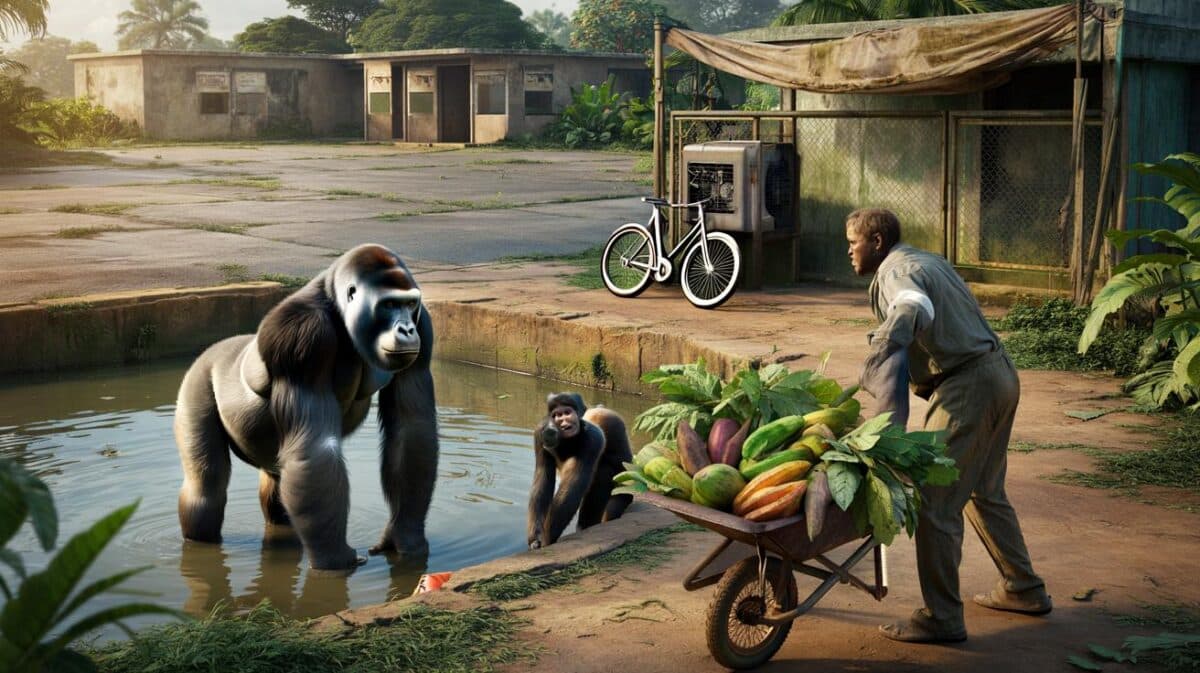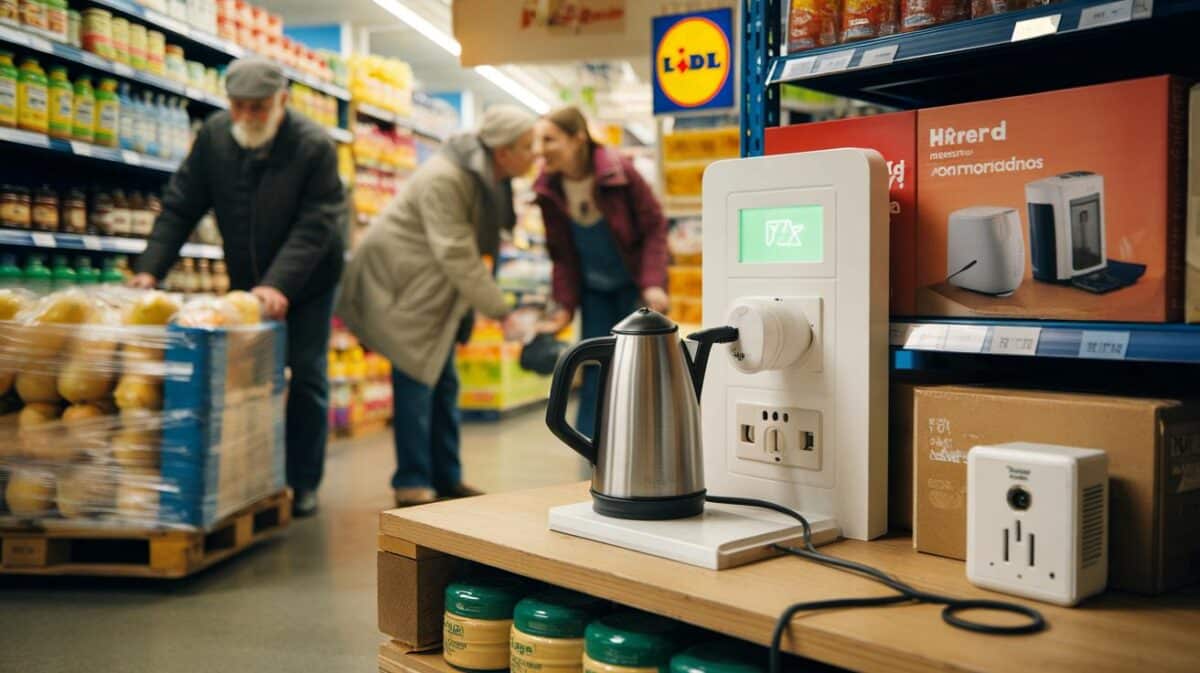Yet on a chilly morning, families, commuters, pensioners and teenagers pressed along fresh paint and new signage to welcome a train into a place that hasn’t had a station in living memory. What’s a platform worth when a town feels a bit out on a limb? The cheering crowd had an answer, as the first service rolled in and a hundred small stories found a track to share.
The tannoy crackled, breath rose in the cold, and the first headlight drew a clean line through the mist. Someone started clapping, then everyone joined in, early and off-beat, like a pub chorus that doesn’t care about being right as long as it’s loud. You could smell fresh coffee and machine oil. A guard leaned from the window, grinning, waving his cap. On a dad’s shoulders, a boy wearing a cardboard conductor’s hat shouted, “It’s here!”
The platform clock read 06:43, and a century felt smaller. The noise was odd and modern and old-fashioned all at once. Time blinked.
The day a platform roared
The applause didn’t stop with the doors. It surged and softened, then lifted again as if the platform itself were taking a breath. Cameras flashed, but plenty of people just watched, hands in pockets, eyes bright. We’ve all had that moment where a crowd becomes a choir and you feel smaller and bigger at the same time.
Up near the flower boxes, Nora, 87, held a sepia photo of her grandfather in a guard’s uniform. She tapped it, then pointed at the arriving unit and shook her head, half laughing, half crying. Later, the driver told me he could hear the cheering before he saw the signal clear. “It’s like pulling into Wembley,” he said. The station team counted more than 1,200 first-morning riders. A brass band missed its cue and nobody minded.
Why such noise for metal, timetables and paint? Because access is more than minutes saved. A new station redraws a town’s mental map. The commute to the closest city shrinks by 18 minutes, yes, but so does the gap between staying and leaving. Shops open earlier. Pubs consider lunch service on weekdays. Teenagers picture college two stops away, not two buses. A place that felt like a cul‑de‑sac suddenly feels like a junction.
How to ride a first train like a local
Arrive early. Not “just in time”, genuinely early. Claim a spot by a bench or a pillar and look both ways for the best angle on the curve into the platform. Bring a small tote for rubbish and a portable charger. Talk to the volunteers in orange—ask where the best vantage point is. **The little rituals matter.** They make the memory stick.
Give the edge some respect. Stand behind the line. If you’re taking photos, take your shot, then step back. Don’t block the doors for a selfie. Keep prams and wheelchairs front of queue and let kids see out. Contactless capping will probably be in place, but carry a card and a back‑up. Let’s be honest: nobody does that every day. If you’re with a nervous traveller, narrate what’s happening in short, calm lines: “Doors open, step in, grab that pole.”
Pick one tiny mission—meet a friend on board, buy the first ticket, sit by a window—and let the big moment flow around it.
“I’ve driven this line for 19 years,” the guard told me, still buzzing. “Today felt like the railway drove the town.”
- Best photo spot: end of Platform 1, where the track bends.
- Quiet windows: nine minutes after the top of the hour, off‑peak.
- Family corner: near the flower boxes by the lift.
- Accessibility: lifts both sides, level boarding on carriage two.
- Soundtrack: brass band by the ticket office from 06:30.
Beyond the timetable
A station changes how a town talks about itself. Suddenly there’s an answer to “Can you get here?” that isn’t a shrug. Traders tell each other to hold their nerve for six months while habits form. Students plot part‑time jobs that don’t require a lift. Cafés throttle up espresso shots at dawn and think about later closing times. *Some places feel closer the second the platform lights come on.*
There’s also the memory part. People will remember where they stood when the first train rolled in. They’ll remember who they were with. These moments hang around like the smell of rain on ballast, a signal that things are moving and you’re somehow part of it. Not every town gets a century-delayed gift. When it arrives, it’s worth standing still just long enough to hear what the place says back.
| Point clé | Détail | Intérêt pour le lecteur |
|---|---|---|
| Journey time cut | Up to 18 minutes saved to the nearest city, with half-hourly off‑peak services | Quicker commutes, more realistic school and work options |
| High Street boost | First-day footfall topped 1,200; traders reporting early-morning uplift | Better odds your favourite café and shops thrive |
| Greener trips | Projected 200,000 car miles shifted to rail in year one | Lower emissions, less congestion, quieter mornings |
FAQ :
- Where exactly is the new station, and which line is it on?It sits on the restored branch linking the town to the mainline hub two stops away, with cross‑platform connections to intercity services.
- Why call it the first new station in 100 years?The town lost its original stop in the 1920s. No fresh station has opened within the borough since, making this the first in a century by any local measure.
- How often do trains run, and when was the first arrival?First arrival was 06:43, greeted by a packed platform. Services run every 30 minutes off‑peak, with extra trains during the morning and evening rush.
- Is it accessible and what about parking?Yes — step‑free throughout. Two lifts, tactile paving, level boarding on designated carriages. There’s a 120‑space car park, drop‑off bay, and a 48‑cycle hub.
- Will this change house prices and help local business?Transport links usually nudge prices up over time, but the immediate effect is footfall. Early signs: busier cafés, longer Saturday trading, more job ads.

